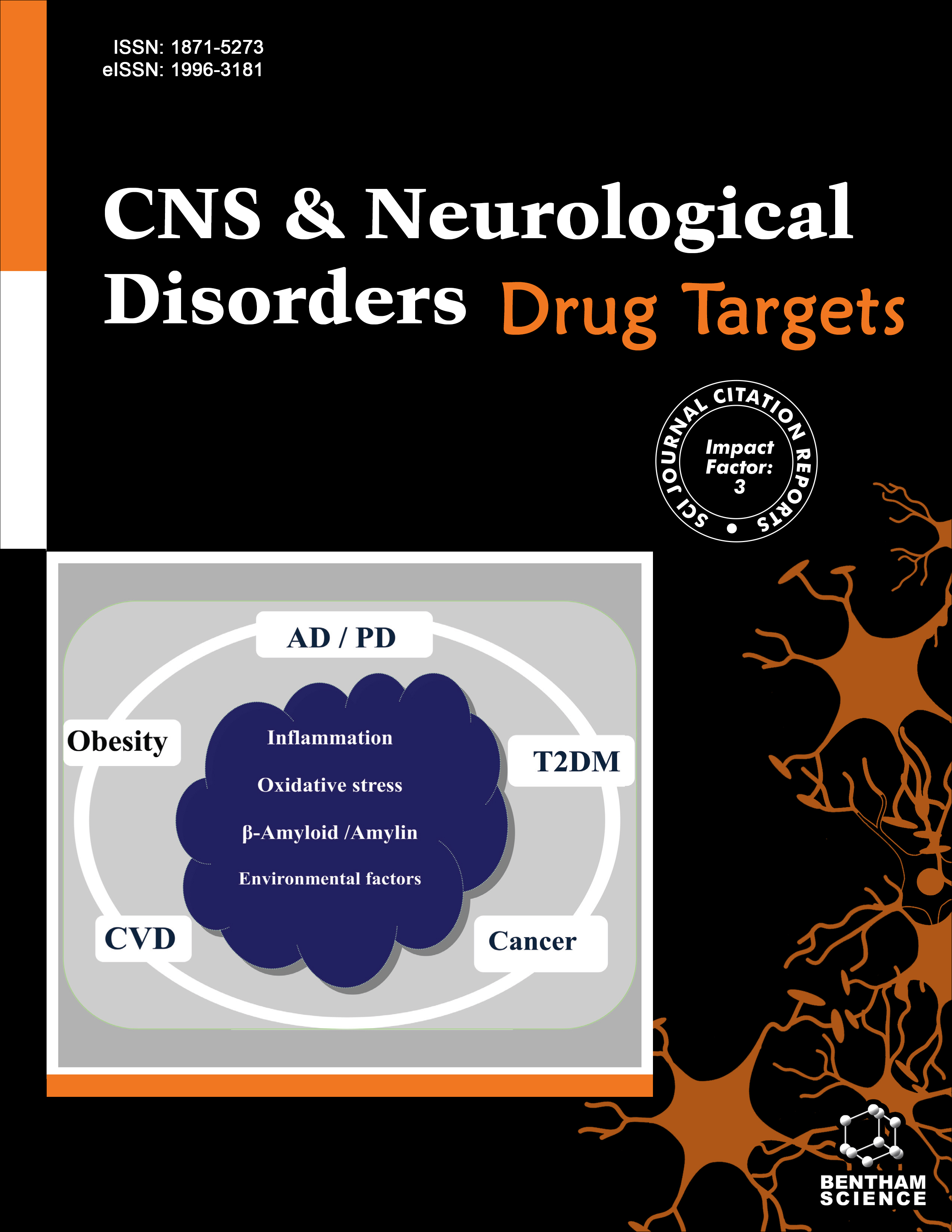-
oa Phenotypic Screening Strategies for Neurodegenerative Diseases: A Pathway to Discover Novel Drug Candidates and Potential Disease Targets or Mechanisms
- Source: CNS & Neurological Disorders - Drug Targets, Volume 9, Issue 6, Dec 2010, p. 693 - 700
-
- 01 Dec 2010
Abstract
Target-directed drug design, although a conceptually rational approach, is only one strategy for drug discovery. In the case of neurodegenerative diseases where molecular targets and disease mechanisms are unknown, even when specific genes are known to trigger the disease, phenotypic screening offers another approach. This review describes the establishment of phenotypic screening assays using primary neurons subjected to a disease-relevant pathophysiological stress and measuring the most important functional outcome, survival. Although a challenge both to screening teams to reproducibly produce the cells and chemists to interpret structure-activity relationships, such systems have historically identified or produced effective drugs. The primary screening assay is only the start; once hits are validated, they must be characterized using traditional target-directed or mechanism-based secondary assays to establish their selectivity, lack of side-effect liability, and eventually be shown to produce the desired effects in a preclinical animal model of the disease. These compounds then provide valuable pharmacological tools to identify neurodegenerative disease targets and mechanisms, whether or not they have all the properties required of a drug candidate.


